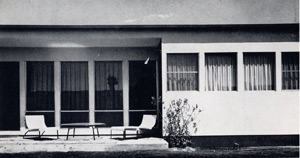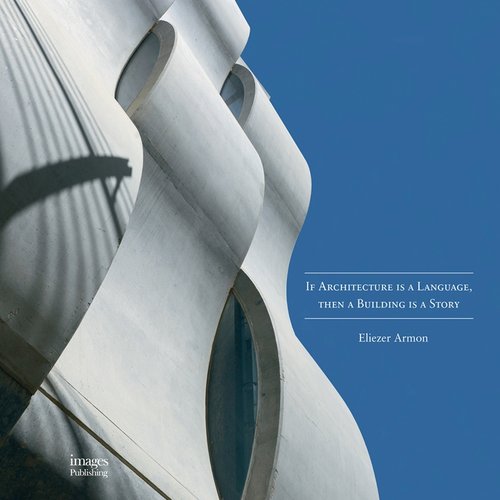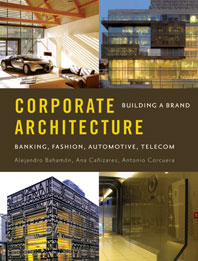One of the results of the current Home Delivery: Fabricating the Modern Dwelling exhibition at New York’s Museum of Modern Art is the rediscovery of historical prefab housing on the opposite coast. The exhibition has stimulated research among members of the Los Angeles Conservancy Modern Committee leading to the recent uncovering of several forgotten prefab houses in Southern California designed by Konrad Wachsmann.


Photo courtesy David Travers, Arts & Architecture (top); Allen Penwick (above)
A partially restored Wachsmann house in Los Angeles (top); A General Panel Corp house (above) erected in 1950 in the San Fernando Valley, Los Angeles, California.
Although the houses are not facing demolition, the research does raise questions about their preservation, especially since prefab houses are not typical candidates for formal restoration or landmarking.
In Los Angeles, low-cost, prefab housing was a major concern to architects and builders responding to the initial post-World War II housing boom. Although many Southern California modernist architects—Richard Neutra, Gregory Ain, Kenneth Lind, and others—experimented with various prefab techniques, the only complete prefab building system during that era was designed by Wachsmann and Walter Gropius for the General Panel Corporation.
The most innovative feature of Wachsmann’s design was the “wedge connector,” a cast-steel mechanism built into the wood frames of the modular three-foot-four inch plywood panels. Since the horizontal and vertical dimensions of the panels were identical, the connector offered multiple configurations while ensuring a connection that was flush and airtight. A filler strip further minimized panel seams.
For Wachsmann, the connector was “the only means of holding the parts of the house together without the use of nails, screws, bolts or glue.” Wachsmann also designed the factory and fabrication processes for General Panel’s facility in Burbank, California in a building previously used for the manufacturing of Lockheed aircraft engines.
Wachsmann worked on the design and construction of the wedge connector and interchangeable building components for several years before production of the panel houses started in 1947. Through extensive planning, Wachsmann was able to define the manufacturing process and automate various stages of construction. As he pointed out, “The only tool necessary for assembling the house is a hammer,” which was used to lock the connector once it was in place.
The result for Wachsmann was that “no measuring device is necessary because every panel or component fits into the next one only by its own predetermined dimensions.” It also greatly reduced construction time and material waste. A 1,000 square-foot, two-bedroom house could be built in less than a day with a crew of eight workers.
Richard Neutra was an early adapter of the system, designing a project for a row house using General Panel components, and later, a two-bedroom house. Neutra appreciated Wachsmann’s sense of precision and his approach to industrialized housing. Wachsmann later became the first recipient of the Richard Neutra Medal from California State Polytechnic University, Pomona in 1980 for his contributions to industrialized housing.
General Panel’s plan was to build 10,000 houses per year and eventually develop international production and distribution arrangements, however fewer than 500 General Panel homes were constructed between 1947 and 1950, with most of those built for military housing in Northern California. Metal prefab houses made by the better-known Lustron company were specified for the same vicinity but not built, and like Lustron, General Panel went bankrupt. The recently discovered group of Wachsmann prefab houses are located in the San Fernando Valley area of Los Angeles. The best known example remains a Hollywood Hills home assembled by former General Panel lead draftsman Rudy Wolf.


